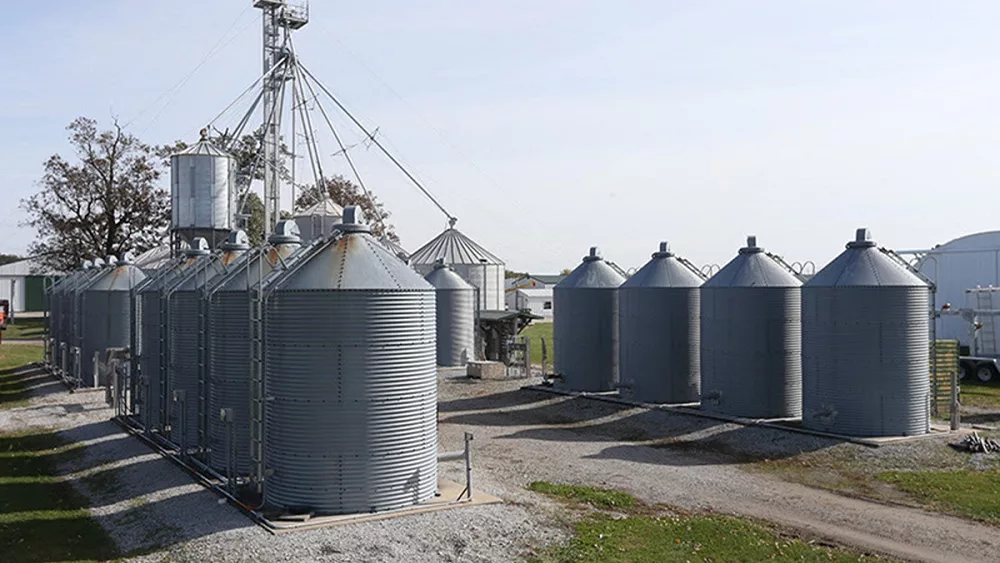With temperatures on the rise, grain bin management becomes even more important.
“Grain bins can heat up very quickly when sunlight hits at this time of year with the temperature increase, so you need to monitor your grain,” says GSI District Manager Dave Ellis. “If it’s in good condition, you’ll have less dockage at the elevator and more profit in your operation.”
Now that temperatures are up over 50 degrees, Ellis says you always want to manage the aeration with fans to keep the grain as cool as possible for the rest of the summer until you have to deliver it. He offers this advice as well.
“During springtime, when temperatures begin to rise, you want to keep that grain within 10 degrees of ambient to prevent any condensation that can lead to grain spoilage. Checking grain weekly, that’s one thing you need to do, and by doing that you avoid any issues. If you do go up the bin, you want to make sure you have somebody with you. You don’t want to go up there by yourself. If crusting is on any top layer or any smell or any spoilage, you need to equalize the bin and exterior temperatures with aeration with those fans. If you do have a bad spot, you can blend that off with some in-quality grain that will help your profits when you deliver your bushels.”
Remote monitoring tools can help automate grain quality by providing up-to-date moisture and temperature data, making it so you don’t have to climb in and do the visual inspections. For more on that and additional grain management recommendations, farmers should contact their grain bin dealers.
Source: NAFB News Service





